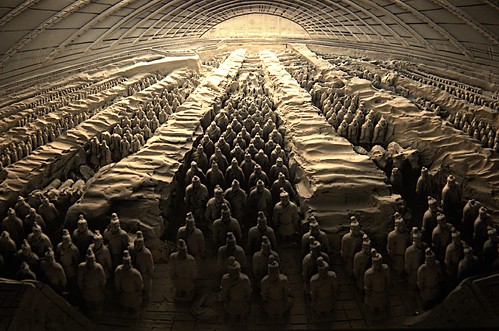
Religion can be defined as a profound spiritual or psychological transformation that is brings all types of people together in a social conversion. Islam, which is the smallest of the three major monotheistic religions, began with the belief of a "submission to Allah" because of the man named Muhammad Ibn Abdullah.
Muhammad was born in the city of Mecca and became orphaned early in life until his adoption by an uncle. He was known as a distant city traveled trader and married a wealthy widow who provided him with financial and emotional support. A fine reflective man who was deeply troubled by the religious corruption and social inequalities of Mecca. In order to escape the tradition that disturbed Muhammad, he began to make long retreats to a mountain cave outside of Mecca. During one of his meditations, a visionary experience from an intermediary of God instructed him to recite the words of beauty and force that attributed them to God.
It was during the time when Muhammad revealed the messages to his tribe, that verses were gathered and became the Islamic sacred scripture titled the Qur'an. During the next decade, Muhammad and his followers were belittled and ridiculed with physical attacked because of a growing monotheistic religion. It was because of one man that a powerful conquest over Mecca took place and created a infamous religion.
http://www.pbs.org/muhammad/timeline_html.shtml
Strayer, R. W. (2009). Ways of the World: A Brief Global History (Vol. 1). Boston: Bedford/ St. Martin's.



 2 concepts to be a full-fledged Muslim. You have the 5 Pillars of Islam and the Articles of Faith. As long as you practice and uphold those obligations, you are praticing their faith. There are obligations to Christianity too, but I believe the Muslims' obligations take more dedication, they are more detailed, and there are more 'rules' to follow.
2 concepts to be a full-fledged Muslim. You have the 5 Pillars of Islam and the Articles of Faith. As long as you practice and uphold those obligations, you are praticing their faith. There are obligations to Christianity too, but I believe the Muslims' obligations take more dedication, they are more detailed, and there are more 'rules' to follow.














